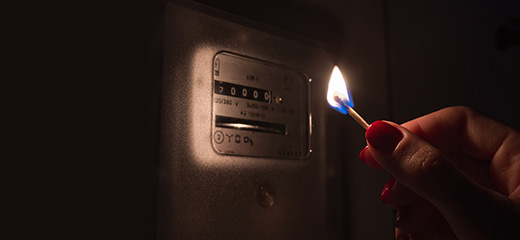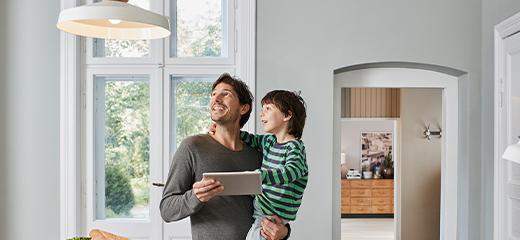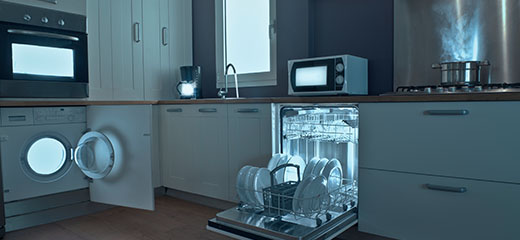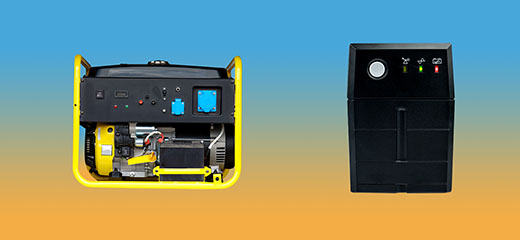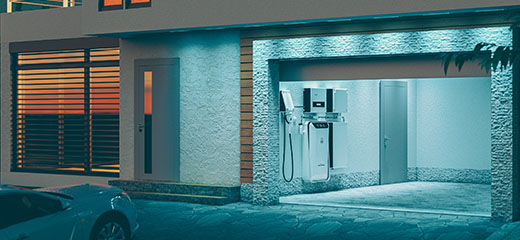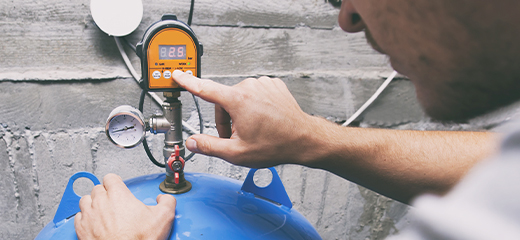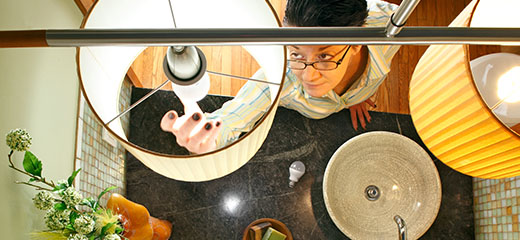
Tips for energy-efficient home upgrades
Rising electricity costs and environmental concerns have seen global changes in the way new homes are built. In line with these international trends, South Africa has introduced a variety of legislation and standards aimed at ensuring construction is more energy efficient.
But what happens if you’re happy with your older home? Do you need to accept that its energy efficiency is lacking and put up with the higher monthly bills?
Not at all, says Keith Cassie, president of the Southern African Energy Efficiency Confederation, and you don’t need to rebuild your structure either.
“When we talk about energy-efficient homes, we look at the exterior structure or what is referred to as the ‘building envelope’. If you imagine an open envelope, the pocket is the main structure made up of floors, walls, doors and windows, and the triangular flap of the envelope is your roof,” he says. “This building envelope provides protection to the household contents and people inside the home. It also determines how heat flows into and out of the home.”
Homes are generally built to suit the prevailing climate of the area, explains Cassie. In the UK and Germany, for example, houses are built to withstand the long cold seasons. South African homes, on the other hand, are built with our warmer climate in mind. While this makes the heat of summer bearable, it does mean that keeping our homes warm during winter months is expensive.
“Implementing a few energy-efficient upgrades to your home can make a real difference to your heating costs, and there are options that will keep your home cool too,” says Cassie.
Take it from the top
Your roof area, both internal and external, plays a critical role in the energy efficiency of your home, reveals Cassie.
“On average, a home loses between 30% and 40% of its heat through the roof during winter. And in summer, it is through the roof that heat radiates into the home. Home upgrades aimed at reducing heating and cooling costs in the home should start at the roof,” he says.
Insulation is an essential element for all homes to have, regardless of the location. This often-neglected material limits the amount of heat that escapes from the house in winter and prevents the sun’s heat from radiating into the home during summer.
“When looking at insulation for your home, you want to pay attention to the ‘R value’ as this refers to the thermal resistance of the material. Also, ensure your chosen insulation is fire retardant as roof insulation is often exposed to extreme temperatures,” says Cassie.
While roof insulation is commonly installed along the floor of the ceiling, homes in particularly hot areas may also want to consider adding reflective insulation to the underside of the roof and ‘cool roof’ paint for the exterior of the roof.
“Both options make use of reflection to deflect the radiation from the sun from entering the home and can make a big difference to the ambient temperature of the home,” explains Cassie.
Keeping your water hot
While you’re in your roof space, take a good look at the energy efficiency of your geyser.
“The average home spends about 39% of its monthly electricity usage on water heating, and much of that heat is lost before it gets to the taps for us to use,” says Cassie.
Installing a geyser blanket significantly reduces the amount of heat lost and electricity wasted, explains Cassie. Spend a little money on insulating the exposed hot water pipes in your geyser to bring down the heat loss even more.
“Another area that can have a significant impact on the energy efficiency of the home is reducing the geyser temperature to no more than 60˚. This won’t mean you have to deal with cold showers, you’ll just mix less cold water into your normal flow. After all, how often do you use only the hot water tap? Do you really need it to be scalding hot or is it wastage?” asks Cassie.
For homeowners with more budget to play with, replacing your electric geyser with a solar or heat pump option can result in considerable improvements in energy efficiency and reductions in monthly electricity costs. If you want to change your source of heating and avoid loadshedding impacts, consider gas-water heating. These options can help you on your journey to get off the grid, resulting in lower energy use and supplementing with renewable sources such as solar power.
Walls, doors and windows
Walls are the second highest area of heat loss at between 20% and 30% in the average home. While replacing your home’s walls may not be feasible, it’s a good point to remember when doing home improvements or additions.
“For external walls, the most energy-efficient option is to have a double brick wall with an air gap between the walls. For internal walls where drywalling is used, make sure your contractor includes insulation,” says Cassie. “As for existing walls, make sure they and the plastering are kept in good condition, paying close attention to any gaps and cracks surrounding doors and windows where heat can exit the home.”
Doors and windows account for 10% to 15% of heat loss in homes and steps should be taken to keep these as airtight as possible.
“Windows can be upgraded to more energy-efficient double-glazing, which is 2 panes of glass with an air gap between them. However, adding heavy curtains can be very effective in reducing heat loss or preventing the sun’s heat from radiating into rooms. Blinds are less effective in this regard, but the addition of heavy curtains can provide some relief for this shortcoming,” says Cassie.
Sealer strips, made up of foam material, can also assist in making the edges of windows and doors more airtight and are easy to add to frames. You can also find a range of draft stoppers that can be permanently fixed to the bottom of doors or even use a rolled-up towel.
Head to LookSee for a range of vetted products and services aimed at helping you save money.
